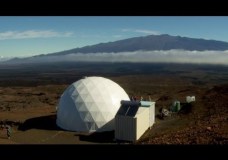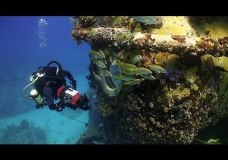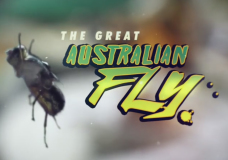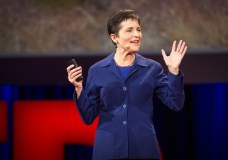Hi-SEAS Mars Mission Simulations
Onwards Earthlings! Onwards to Mars! Hi-SEAS stands for the Hawaii Space Exploration Analog and Simulation. The project is funded by NASA. It is an exploration of Human nature. How will a small group of space travelers cooperate and solve problems external and internal inside a confined habitat? A return mission to the red planet will be long. It will take about six months to Mars, 500 days on the planet, and then another six months home. An interplenatary mission that […]








Recent Comments